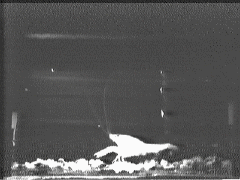Neural Bases of Social Dominance
One of the major projects in the
lab is to determine the neural bases of social
aggression. Social animals often engage in agonistic
interactions that lead to the formation of stable
dominance relationship that consist of either
dominants or submissive animals. We are motivated to
learn how social rank shapes the nervous system both
functionally and morphologically and its effects on
locomotor activity. We are using zebrafish as a model
organism and focusing primarily on how social
dominance among zebrafish lead to differences in the
ability of neuromodulatory inputs to regulate
locomotor activity in the spinal cord.
Animal behavior research
Last updated: 1/7/20


